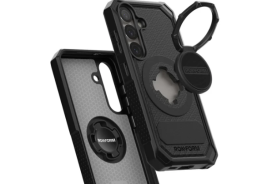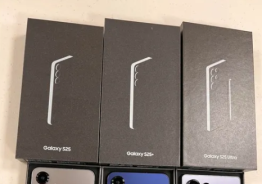Only last week, at the beginning of May, after unveiling BlackBerry 10 and the release of developer devices, did RIM unveil the Curve 9320. The phone runs BlackBerry OS 7.1 and includes the customary QWERTY keyboard synonymous with BlackBerry, but looks to be almost identical to the device's which have caused RIM's market share - and popularity - to fall.
Specifications
The phone a 2.44-inch screen with a 240x320 resolution, which is a lower resolution than the Palm Treo 650 according to Informationweek, and isn't much of a touch screen. The keyboard has a dedicated BlackBerry Messenger button, which takes users directly to app. It also has a 3.2-megapixel camera with flash and video support. There's 512 MB of internal storage which can be expanded up to 32GB through microSD.
OS 7.1 is the latest version of the BlackBerry operating system, though RIM will be skipping versions 8 and 9 before releasing OS 10 in 2012. BlackBerry 7.1 allows users to share via social networks and BBM from other apps.
The device includes a 1450mAh battery, which RIM says produces seven hours of talk time and 30 hour of music playback. The phone supports 3G on AT&T and T-Mobile in the U.S., though the carriers haven't announced the phone's availability. RIM hasn't announced a release date, either.
Counter-productive
What seems confusing about this announcement is that RIM announced existing devices won't be upgrading to BlackBerry OS 10, so the company is effectively starting afresh when the device(s) launch later this year. That means RIM will cut off its existing install base, so one of two events will happen: customers will upgrade to OS 10, or switch platforms. Devices such as the BlackBerry Torch released in August 2010, so it would seem to make sense for those touch-enabled devices to run the latest version of BlackBerry OS.
App support
Effectively rebooting BlackBerry means RIM needs to gain developer support. A problem in the BlackBerry OS - and also a problem in Android to a lesser extent - is that apps aren't as high a quality as iOS, which still seems to be setting the benchmark in terms of design. RIM has already announced a guaranteed $10,000 for developers who make at least $1,000, which is encouraging. It remains to be seen whether RIM can convince iOS, Android and/or Windows Phone developers to work on the platform.
(reported by Jonathan Charles, edited by Dave Clark)
© Copyright 2025 Mobile & Apps, All rights reserved. Do not reproduce without permission.












